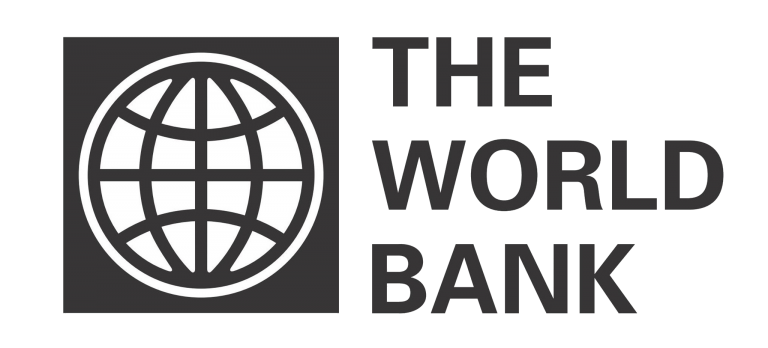•As Developing Nations’ Debt Hit $7.8tr In 2018
According to the latest international debt statistics of the World Bank, over half of the countries in Sub-Saharan Africa have seen their external debt stocks double since 2009.
The report, the World Bank’s International Debt Statistics 2020, noted that in 2018, countries in the region, excluding South Africa saw their total debts stocks swell by 8% on the average in 2018.
Commenting, World Bank Group President David Malpass said for many developing countries to grow faster at this time, what they need is more “investment that meets their development goals.”
For him, it is equally important that “debt transparency should extend to all forms of government commitments, both explicit and implicit. Transparency is a critical part of attracting more investment and building an efficient allocation of capital.”
These, he believes, are essential in the World Bank’s job of improving development outcomes.
According to the World Bank, total external debt of low- and middle-income countries climbed 5.3% to $7.8tr last year, even as “net debt flows (gross disbursements minus principal payments) from external creditors tumbled 28% to $529bn,” the reported added.
The report further explained that although the average external debt burden of low- and middle-income countries remained moderate, several countries have been on a deteriorating debt trajectory since 2009.
The share of low- and middle-income countries with debt-to-GNI ratios below 30% declined by 25%, from 42% 10 years ago, just as the share of countries with high debt-to-export ratios has climbed.
Debt stocks were driven up by a 15% jump in China, fueled by investor appetite for renminbi-denominated assets.
With the exception of the 10 largest borrowers, namely Argentina, Brazil, China, India, Indonesia, Mexico, the Russian Federation, South Africa, Thailand, and Turkey, the report noted that external debt stocks rose 4%.
Recall that members of the Central Bank of Nigeria (CBN) Monetary Policy Committee (MPC) have lamented repeatedly at various meetings about the nation’s ballooning total public debt which at the end of 2018, “stood at N24.387tr with external debts accounting for 32%.”
At that level, they had warned that the country could return to the pre-2005 era of an external debt crisis, without exercising control over future foreign borrowing, while consciously growing and diversifying the economy, while mobilizing significant nonoil revenue.







